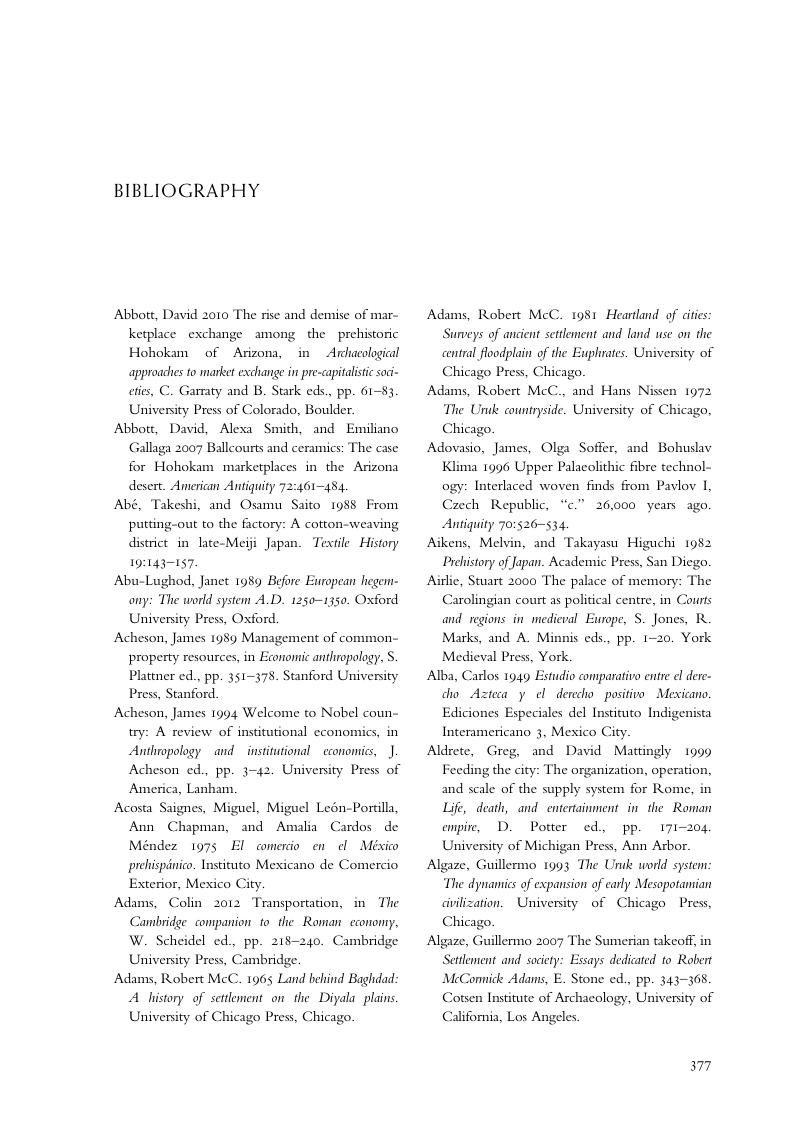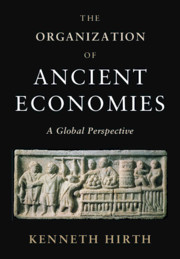Book contents
- The Organization of Ancient Economies
- The Organization of Ancient Economies
- Copyright page
- Contents
- Figures
- Maps
- Tables
- Preface
- Maps
- One The Structure of Ancient Economy
- Two The Domestic Economy
- Three The Community of Households
- Four From Households to Palaces
- Five Financing Formal Institutions
- Six Taxation, Rent, and Patronage
- Seven The Role of Merchants and Trade in Ancient Society
- Eight The Nature and Origin of Independent Craft Production
- Nine On Markets and Marketplaces
- Ten On First Principles of the Ancient Economy
- Notes
- Glossary
- Bibliography
- Index
- References
Bibliography
Published online by Cambridge University Press: 31 August 2020
- The Organization of Ancient Economies
- The Organization of Ancient Economies
- Copyright page
- Contents
- Figures
- Maps
- Tables
- Preface
- Maps
- One The Structure of Ancient Economy
- Two The Domestic Economy
- Three The Community of Households
- Four From Households to Palaces
- Five Financing Formal Institutions
- Six Taxation, Rent, and Patronage
- Seven The Role of Merchants and Trade in Ancient Society
- Eight The Nature and Origin of Independent Craft Production
- Nine On Markets and Marketplaces
- Ten On First Principles of the Ancient Economy
- Notes
- Glossary
- Bibliography
- Index
- References
Summary

- Type
- Chapter
- Information
- The Organization of Ancient EconomiesA Global Perspective, pp. 377 - 434Publisher: Cambridge University PressPrint publication year: 2020

